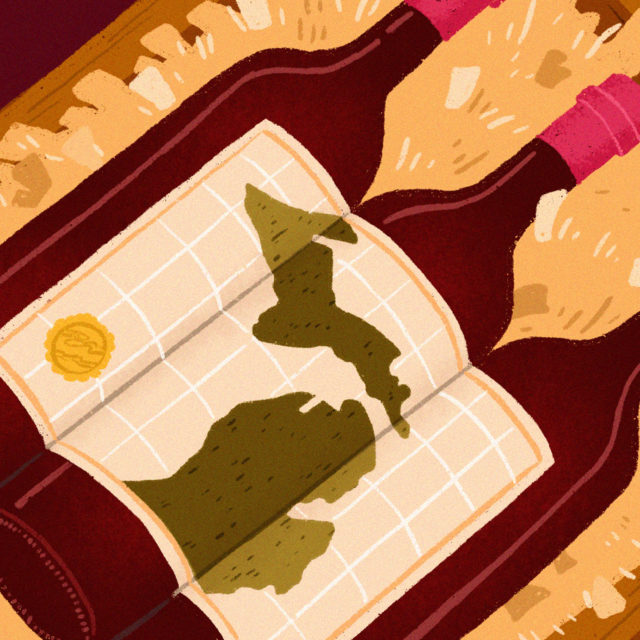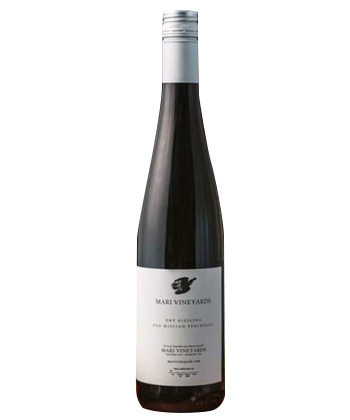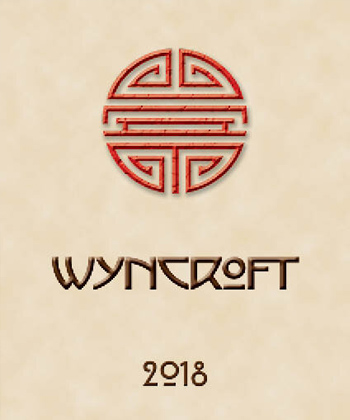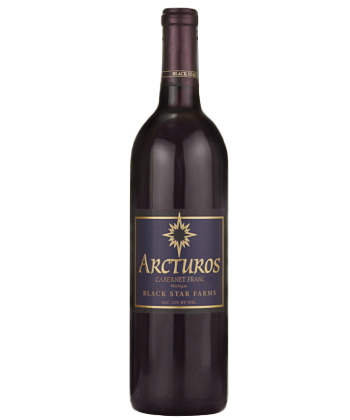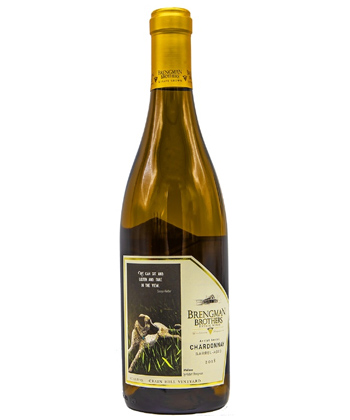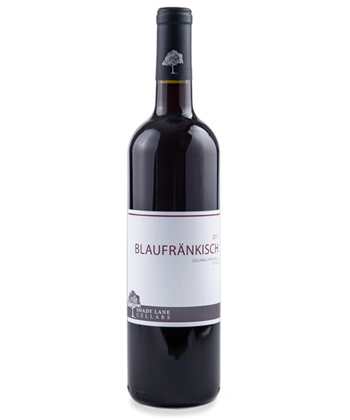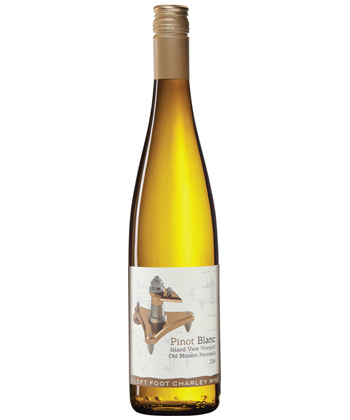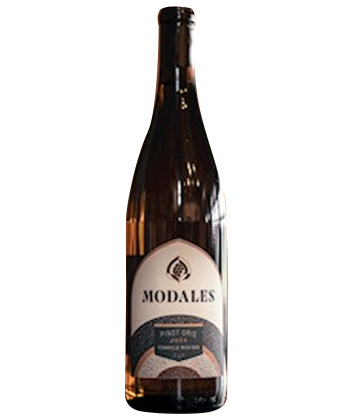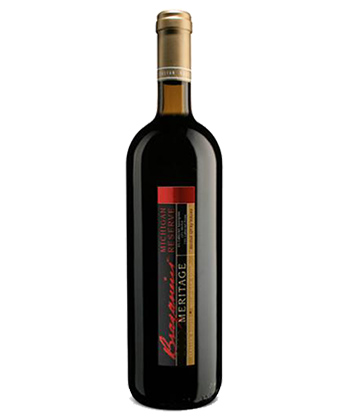While Michigan is primarily known for Motown and Mustangs, the state is starting to gain a reputation for something unexpected: high-quality wines. As climate change morphs the world’s wine regions, and more winemakers in the Wolverine State get serious about using locally grown vinifera grapes to produce fine wine, Michigan is starting to come into its own.
Michigan comprises five official American Viticultural Areas (AVAs): Lake Michigan Shore and Fennville, located in the southwest corner of the state; and Leelanau Peninsula, Old Mission Peninsula, and Tip of the Mitt, set along the northwestern shores of Lake Michigan.
St. Julian Winery, the state’s oldest producer, will turn 100 years old in 2021, and today, Michigan claims approximately 200 wineries — many of which are located within 25 miles of Lake Michigan. According to the Michigan Craft Beverage Council, the state produced 3.6 million gallons of wine in 2019.
For many years, much of that wine was sweet, often coming from a variety of fruits (after all, the state is known for producing most of America’s tart cherries). Other wines were made from vitis labrusca grapes such as Concord and Niagara, as well as hybrid grapes like Traminette and Chambourcin. Suffice to say, the wines weren’t on par with Napa’s world-class wines.
That began to change when pioneering vintner Ed O’Keefe planted the first vinifera on Old Mission Peninsula about 45 years ago, and opened Chateau Grand Traverse. In the last few decades, winemakers came to realize that they could plant and grow vinifera, and produce high-quality wines. In addition to passion and dedication of the state’s winemakers, western Michigan’s climate and terroir deserve much of the credit for this ongoing transformation.
“Lake Michigan is a huge factor; it keeps things a bit warmer in the winter and vines don’t die off,” says Keith Whitten, former general manager at Daisies restaurant in Chicago, which dedicates about a third of its list to wines from the Great Lakes Basin. “The southwest area of Michigan sits six to eight miles inland, where there’s a distinct ridgeline formed by glaciers. And in the north, Old Mission Peninsula is so narrow that you have the gentle hillsides going from the lake to the midpoint of the peninsula, offering exposure to sunshine.”
Further, the overall area has a longer growing season that usually starts with a delayed bud break in mid-spring and can stretch into November. According to Robert Brengman, owner and winemaker at Brengman Brothers Winery in Traverse City, this allows grapes to hang on the vines longer, giving the seeds a chance to ripen and resulting in more balanced wines. But while that longer growing season benefits all of Michigan, there are definitely two distinct growing areas.
“Michigan isn’t just Michigan,” says Amanda Danielson, partner and sommelier at Trattoria Stella in Traverse City. “The regions couldn’t be more different from each other.”
Old Mission and Leelanau peninsulas have become known for producing wines from cooler-climate grape varieties like Riesling, Pinot Blanc, Gruner Veltliner, Cabernet Franc, Gamay, Blaufränkisch, and more. Here, you can find balanced wines with bright acidity, lower alcohol, and subtle flavors with spice and herbaceousness.
Cool-climate varieties can also grow in the Lake Michigan Shore and Fennville areas, located 200-plus miles south of Old Mission and Leelanau. In addition, the slightly warmer climate of the southern AVAs allows these regions to grow grapes such as Cabernet Sauvignon, Merlot, Syrah, Pinot Noir, Pinot Gris, and Chardonnay, to produce robust, hearty wines. While the areas are different from each other, there is something that ties Michigan wines together.
“If there’s one word to apply to Michigan wine, it’s freshness,” says Eduard Seitan, a partner in Chicago’s One Off Hospitality Group. Seitan is a champion of Michigan wines, featuring them on wine lists at the Publican, Publican Quality Meats, and the recently closed Michelin-starred Blackbird. “They’re bright, zippy, and the best part is the acidity.”
Those qualities have allowed winemakers — including Sean O’Keefe at Mari Vineyards (yes, Ed O’Keefe is his his dad), Robert Brengman of Brengman Brothers, Bryan Ulbrich at Left Foot Charley, James Lester at Wyncroft Wine, Kasey Wierzba at Shady Lane Cellars, Thomas Houseman at 2 Lads, Tony Jacobson at Mawby, Rudy Shafer at Dablon Winery, Lee Lutes at Black Star Farms, and relative newcomer Andrew Backlin at Modales Wines — to produce quality wines made from grapes almost entirely grown in the state. A few, like Houseman, Wierzba, and Backlin, have even left jobs at renowned West Coast wineries to help advance Michigan’s wine industry.
“It’s adapting to the variety and where winemakers have the confidence to make these wines based on the conditions here,” Sean O’Keefe says. “That’s where the excellence happens. It has happened in whispers, but it’s happening more.”
This may be a signal for consumers to stop simply buying the familiar and start exploring — something both Danielson and Seitan truly believe will help Michigan’s wine industry grow. Getting over negative stereotypes is the first step to accessing the fine wines in Michigan. The next step? Tasting and forming your own opinion.
“Michigan is still building its identity,” says Danielson. “If you can put something in front of people that’s like nothing they’ve had, but is clearly of great quality and craftsmanship with a story, it’s so much more interesting. We have a lot of great wines — not for Michigan, but for anywhere. They just happen to be from Michigan.”
8 MICHIGAN WINES TO TRY
Mari Vineyards Dry Riesling 2017
This Riesling, with notes of apple, lime, grapefruit, and anise, holds up with balanced acid. You can drink it now, but it has substantial aging potential. (And if you can find Mari’s 2019 Gamay Noir, grab it.) Average price: $34
This Bordeaux-style blend sees Cabernet Sauvignon, Merlot, and Cabernet Franc aging separately in oak before blending in stainless steel. It offers big red fruit, green and red bell pepper, along with beautiful spice and amazing tannic structure. Average price: $45
Black Star Farms Cabernet Franc 2017
One of Black Star’s stunners, this Cab Franc delights with a lightly fragrant nose that co-mingles blackberry and blueberry, a bit of spice, and just the right amount of acid. Average price: $26
Brengman Brothers Barrel-Aged Chardonnay 2018
Winemaker Robert Brengman calls Chardonnay his signature grape and this one, aged 12 months in new French oak and six months in stainless, showcases a nose of apple and citrus leading to toast, vanilla, and a hint of honey. Average price: $34
Shady Lane Cellars Blaufränkisch 2017
This small-production wine ages for 18 months in 50 percent new and 50 percent once-used French oak to offer a food-friendly wine with notes of rustic dark berries, lacy tannins, and a cedar spice finish. Average price: $28
Left Foot Charley Island View Vineyard Pinot Blanc 2018
This wine — which Trattoria Stella’s Amanda Danielson calls a benchmark for Old Mission Peninsula Pinot Blanc due to its style and grace — offers surprising aromatics. Its nuttiness (apparently a northern Michigan characteristic) meets with layers of tree-ripened peaches and apricots, plus a rich texture and bright acidity.
This newer winery (2016 marked its first vintage) in the Fennville AVA is quickly making a name for itself. Greg Hall, founder at neighboring Virtue Cider, loves this particular bottle. With notes of fresh pear and honeydew melon, it leads to a bit of honey, apricot and light oak on the finish. This is also one with good aging potential. Average price: $26.
Braganini Meritage Reserve 2017
From St. Julian, Michigan’s oldest winery, this Bordeaux blend leads with cherry and plum notes before offering a hint of smoke, with cinnamon and baking spice accents. The wine’s silky tannins give it a lovely balance. Average price: $40
